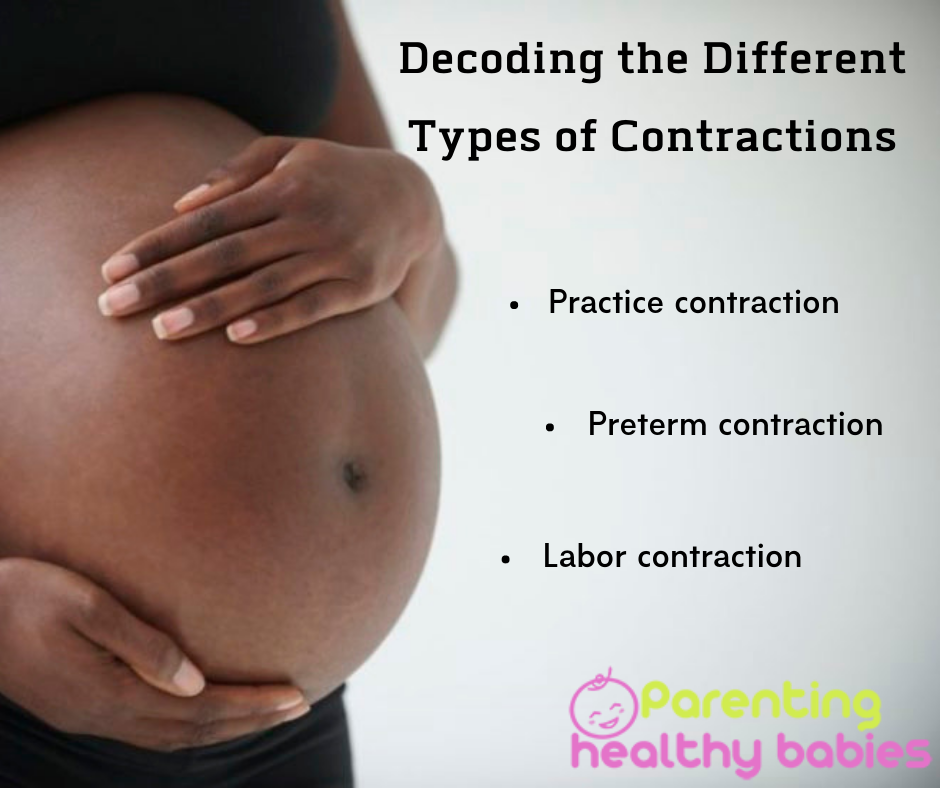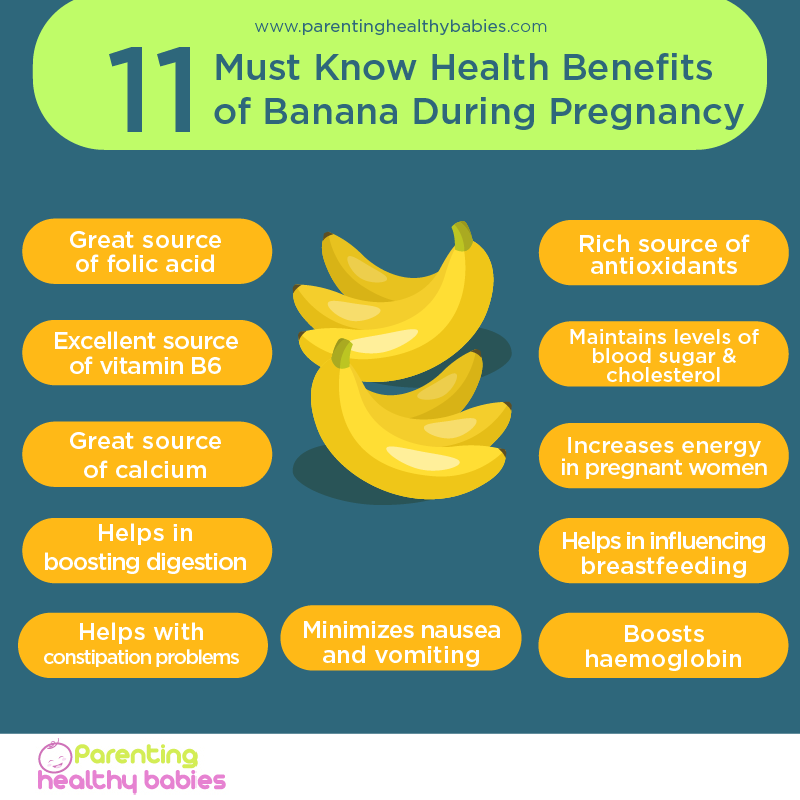Contractions are a natural process during pregnancy. It is the message your body gets from your baby that it is time for him to come out into this world. This message stimulates a hormonal reaction in your body causing the contractions. Contractions may be quite intense and it reaches the peak the moment the baby comes out of the birth canal. There are mainly three types of contractions that a pregnant woman experiences.
The practice contraction may or may not occur in every pregnant woman. They can occur anytime during the whole pregnancy. Preterm contractions occur just before real labor and are warning to your water breaking. The real labor contraction is the most significant in pregnancy.
The different types of contractions are given below:
Decoding the Different Types of Contractions
Practice contraction
This kind of contractions can occur anytime during your pregnancy. But it usually occurs after the fourth month of pregnancy. It is not necessary to feel this kind of contraction in your full term. Practice contractions are also called false contractions. They give false signals of your body going into labor. It does not even happen to every pregnant woman. While some may have false contractions during pregnancy, others may not.
These kind of false contractions are generally painless and are focused on the abdomen. When you have false contractions, you may notice that your belly seems tight and uncomfortable. These are normally the typical symptoms of false contractions.
Practice contractions usually happen because of dehydration or being in a position for long. You can see that the discomfort eases if you change your position or drink water. If your contractions persist even then, it may be indication to preterm labor.
Preterm contraction
Regular contractions after the 34 weeks of pregnancy are called preterm contraction. If there is a gap of 10 to 12 minutes between each contraction for more than an hour before the 37th week, then it is an indication of premature labor. The entire abdomen may feel hard when you touch along with a tightening of your uterus.
You may also feel backache, a pressure in your abdomen and cramping during these contractions. It is important to note the time pattern of each contraction if it happens well before your due date. Preterm contractions can lead to premature labor. Consult your doctor immediately if you feel you are having preterm labor contractions.
Labor contraction
Real labor contractions occur when your baby is ready to come out. These contractions do not ease; instead they keep getting intense and closer. The contractions help to dilute the cervix so that your baby can come out easily through the birth canal.
When you are in early labor, the contractions are somewhat mild and bearable. You will your abdomen tightening for 30 to 90 seconds. These are organized contractions and follows regular time intervals. By the end of your early labor, the contractions may start to appear within 5 minutes of each other. Your water may break at this time along with a bloody discharge from your vagina.
When you are in active labor, the contractions become more intense and painful. At this stage the cervix opens up more to push the baby out. Active labor contractions starts from the back and move around your body to the abdomen. Each contraction generally lasts for 45 to 60 seconds each, with three to five minutes gap in between. These contractions may also cause leg cramps.
Active labor contractions lead to the transition stage. This is when the cervix dilutes even more and is absolutely ready for delivery. In this phase, the contractions last for almost 60 to 90 seconds each. There is usually only 30 seconds to 2 minutes gap in between. The more frequent your contractions start occurring, the closer you are to actual labor. Labor contractions are usually accompanied by nausea, chills, hot flashes and vomiting.
When to call the doctor?
It is better to take precautions when you are having any kind of contractions by contacting your doctor. There are a few signs which you should take seriously such as:
- When you are having frequent contractions, even painless, well before the 37th Irregular contractions are false contractions and are quite normal. But when these contractions become regular, that is a cause of worry.
- If you see that your false contractions are not easing even after drinking water or changing positions. False contractions usually subside after following these tricks. If your contractions do not ease and keep getting stringer, it can indicate you are going into premature labor.
- Regularly timed contractions occurring before 37th week should immediately be reported to your doctor. If there is a pattern in the time gap between each contraction, it is definitely not something to ignore.
- If the frequency of each contraction is less than 5 minutes.
- If the contractions are accompanied by bleeding, immense pain or gushing of water, it is a sure sign of premature labor. Head to the hospital as soon as possible in this case.
Conclusion
Contractions occur all through the pregnancy and become more intense during active labor. The consequent tightening and relaxation of the uterus causes contractions. It is very normal for every pregnant woman to experience contractions till the baby is born. Contractions can be overwhelming but once your little one comes out of your body they completely cease. There is nothing to panic about contractions during pregnancy.
However, there are certain signs and symptoms which you should not ignore. If you experience regular contractions well before your due date, it can mean you are going into premature labor. Contractions accompanied by blood show or gushing of fluids are also not to be ignored if they occur before time. It is important to time your contractions to determine if you are going into premature labor.
If you feel any discomfort during pregnancy and feel concerned, you should always check with your physician. It is better to err on the side of caution and get expert advice.
Reference
https://www.healthline.com/health/pregnancy/types-of-contractions
What is contraction? How exactly contractions feel like? Types of contraction












